AO Edited
Mima Mounds
Native American burial mounds? Giant gopher dens? No one knows what created the Mima Mounds.
The swath of grassy humps known as the Mima Mounds Natural Area Preserve spins a mystery as yet without an ending.
As with any good story, context is critical: where a single 6-foot-tall-by-30-foot-wide mound in a grassland prairie is but a mound, acres upon acres of mounds, sharing similar a shape and size and packed in clumps like eggs in a carton, create a mystery with many possible explanations.
The hummocks have starred in their own geological whodunit — or, perhaps, whatdunit — ever since Capt. Charles Wilkes, leader of the U.S. Exploring Expedition that charted the Northwest, happened upon them in the mid-1800s. Wilkes thought they might be Native American burial sites, but he found only earth inside. Geologists and others have since developed several dozen hypotheses, including glacial freeze-and-thaw cycles, erosion, the interplay between wind and vegetation, an earthquake or two, a tsunami, and perhaps a volcanic eruption.
One of the most delightful and popular theories credits generations of grubbing pocket gophers with creating the mounds while building underground dens and recently, the gopher explanation has gained traction among scientists. But despite the appeal of this gopher-driven explanation, there is nothing close to a consensus.
Among the other theories: gravel, stones, and soil that washed upon a melting ice-age glacier may have collected in pits called “suncups.” As the ice melted, the sediment pits settled in mounds. Alternatively, there is a nice, mathematically elegant theory that says that earthquakes sent shockwaves through the soil and moved the earth into mounds wherever the peak waves intersected. Or possibly the mounds may be deposits from sediment-rich floods that formed a glacially dammed lake. Some believe the mounds come from sediments deposited where water worked its way around vegetation. On and on it goes, with geology, animal, and man all still contenders for the creation of the mounds.
The phenomenon is a designated National Natural Landmark.
Know Before You Go
Exit I-5 at Littlerock. Drive west through Littlerock and continue on 128th Avenue SW until it ends at an intersection with Waddell Creek Road. Turn right on Waddell Creek Road. The Mima Mounds entrance will be on the left. Discover Pass required to park, $10/day pass or $30/year pass.
Community Contributors
Added by
Edited by
The Atlas Obscura Podcast is Back!



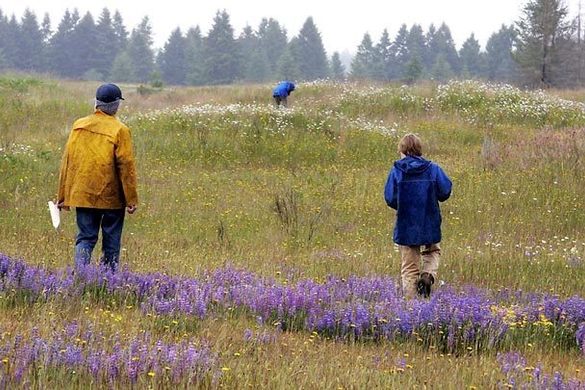

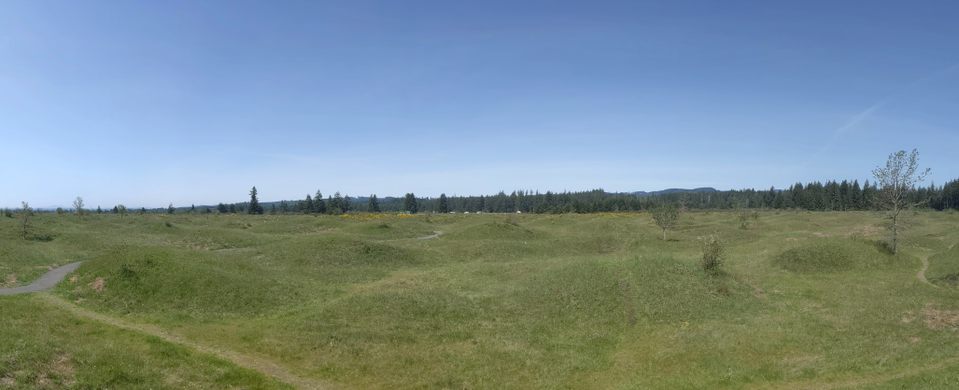











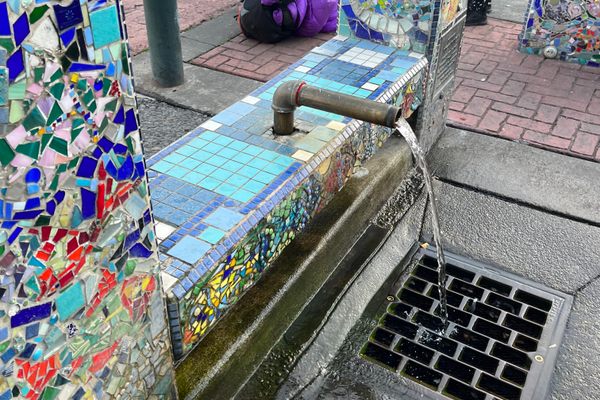
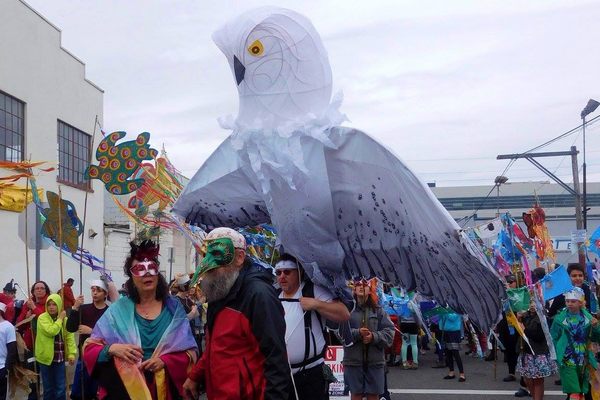

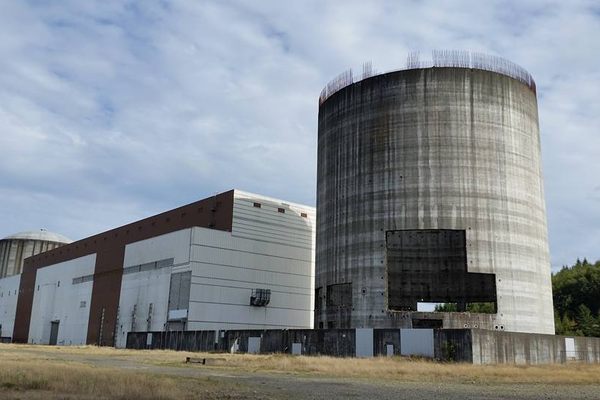
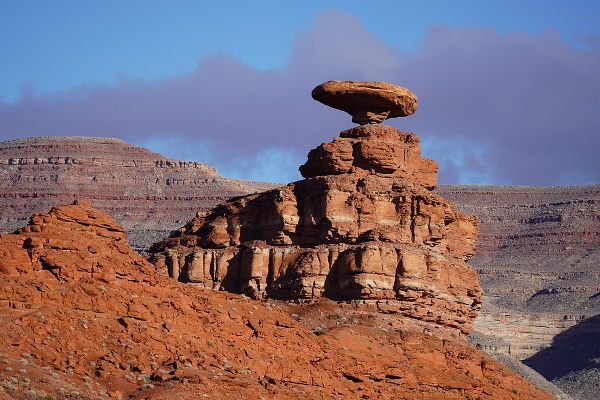

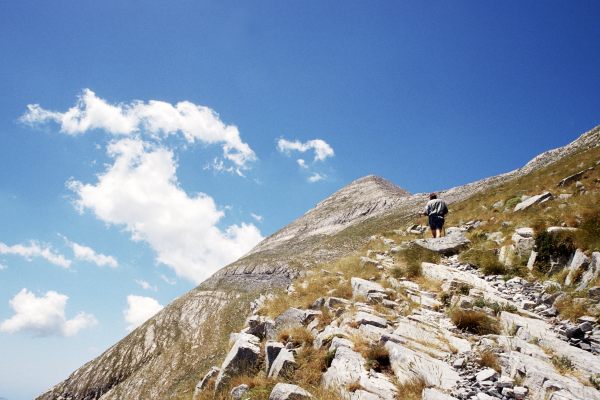
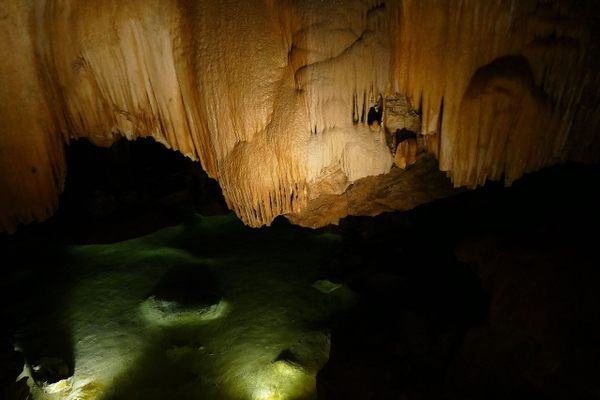

Follow us on Twitter to get the latest on the world's hidden wonders.
Like us on Facebook to get the latest on the world's hidden wonders.
Follow us on Twitter Like us on Facebook